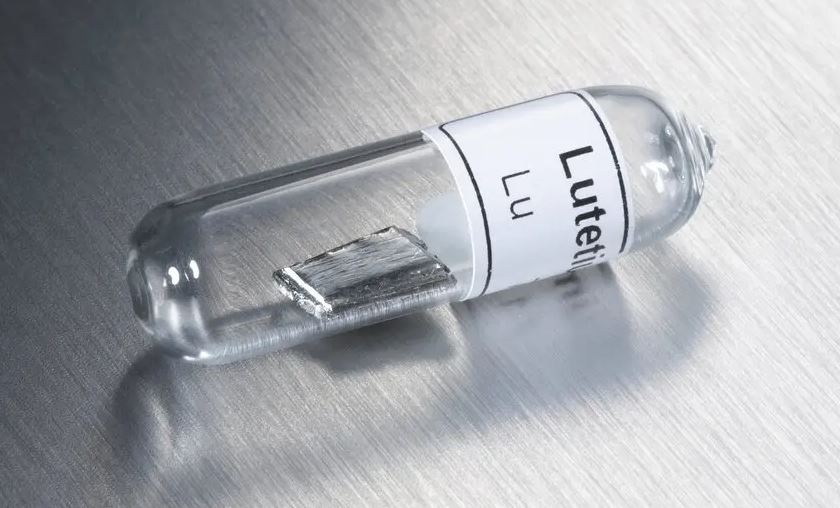Recovering energy wasted to electrical resistance and paving the way for new technologies, a miraculous substance that could readily transmit electricity at normal temperatures would undoubtedly revolutionise humanity.
However, the claim of a room-temperature superconductor was met with scepticism and even suspicion that the data were manufactured when they were published in March in the highly regarded magazine Nature.
But now, scientists from the University of Illinois Chicago say they’ve confirmed a crucial measurement: the seemingly nonexistent electrical resistance.
This finding does not definitively establish that the material is a superconductor at normal temperature, but it may encourage further investigation.
Professor Ranga P. Dias of the University of Rochester in New York, who played a pivotal role in the original research, stated that the material showed signs of being a superconductor at temperatures as warm as 70 degrees Fahrenheit, much warmer than other superconductors, when compressed to a pressure of 145,000 pounds per square inch.
Despite the discovery’s potential, the material’s impracticality due to the required high pressure makes it unlikely to find any real-world applications.
Several scientific issues have surrounded Dr. Dias, and other scientists who had tried to reproduce the findings had found no evidence of superconductivity, therefore the assertion was received with scepticism.
Dr. Dias has started a firm to commercialise the research called Unearthly Materials and has so far raised $16.5 million in funding from investors.
University of Illinois at Chicago physics and chemistry professor Russell J. Hemley and his colleagues have released fresh data in a preprint report published this month. Dr. Hemley did not want to elaborate since the study had not yet been published.
Dr. Dias’s compound consists of the rare earth metal lutetium, which has a silvery white colour, hydrogen, and a trace amount of nitrogen. Dr. Hemley’s lab measured the electrical resistance independently while the material was cooled under high pressure using a sample given by Dr. Dias.
Dr. Hemley and his team found that the material’s electrical resistance dropped dramatically. While Dr. Dias mentioned temperatures as high as 37 degrees Fahrenheit, such temperatures would be considered warm for other superconductors. The transition temperatures were found to be sensitive to the degree of compression applied to the material.
The measurements performed by Dr. Hemley do not indicate the presence of superconductivity. The material might be a very excellent conductor rather than a superconductor.
The absence of internal magnetic field measurement results from the report is concerning. The Meissner effect is widely seen as conclusive proof of a superconductor.
Dr. Dias’s prior publications have been the subject of vigorous discussion. Dr. Hamlin and other critics have pointed out that important information concerning the analysis of experimental data was occasionally omitted. In 2020, Nature withdrew a manuscript that made an earlier superconductor claim, despite Dr. Dias and the other authors maintaining that their results hold up.
According to Dr. Hamlin, large portions of Dr. Dias’s PhD thesis from Washington State University in 2013 were plagiarised almost word for word from the work of other scientists.
Professor of physics at Rome’s Sapienza University, Lilia Boeri, stated that it was clear this was not a repeat of the scientific scandal of the 1990s, when it was revealed that New Jersey’s Bell Labs researcher J. Hendrik Schön had fabricated data to support his claims of a series of groundbreaking discoveries.
In recent years, hydrides have shown promise as potential warmer-temperature superconductors, but all of them now need crushing pressures. Dr. Dias claims that his discovery of the lutetium-hydrogen-nitrogen compound was prompted by hydrides.
Dr. Hemley, Adam Denchfield (a physics graduate student at the University of Illinois Chicago), and Hyowon Park (an assistant professor of physics at the same institution) have written a paper attempting to explain this discrepancy by arguing that researchers have missed subtleties in the electronic structure of the lutetium-hydrogen-nitrogen compound.
They offer many possible arrangements for the components included in Dr. Dias’s material. It’s possible that the colour shift and other observable attributes are due to the most common structure, while the superconducting currents are carried by the lower quantity of a distinct structure in the compound. That could explain why not all samples are superconducting, not even those made in Dr. Dias’s lab.
University at Buffalo chemistry professor Eva Zurek, who has worked on previous studies with both Drs. Hemley and Dias, was originally sceptical but has now come around.
Simplified models are used in numerical simulations of superconductors. Dr. Hemley suggests slight adjustments to the calculations be made in his work, and when Dr. Zurek’s team checked them out, they found the same results.

